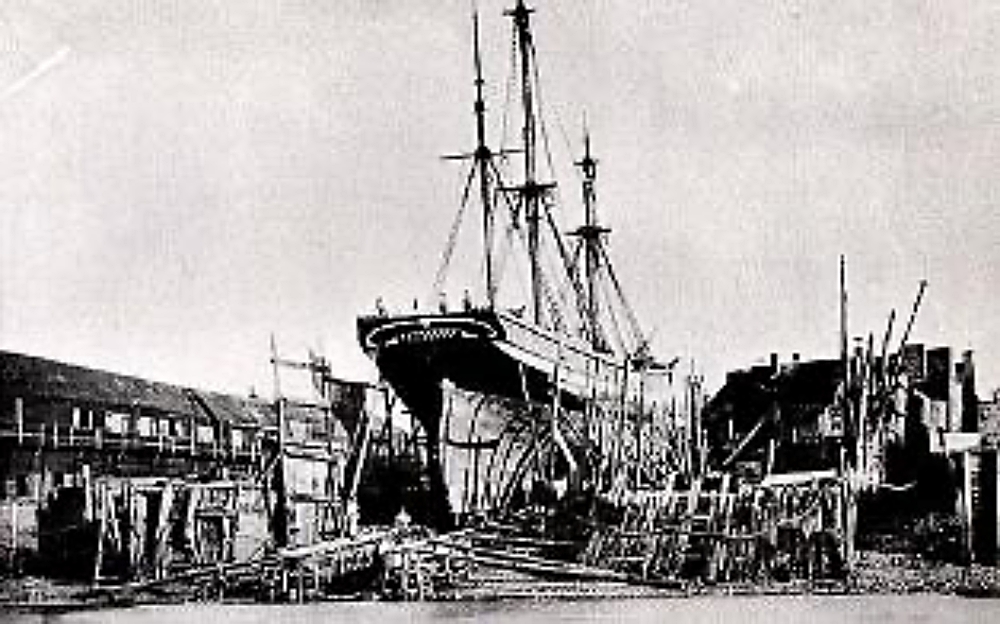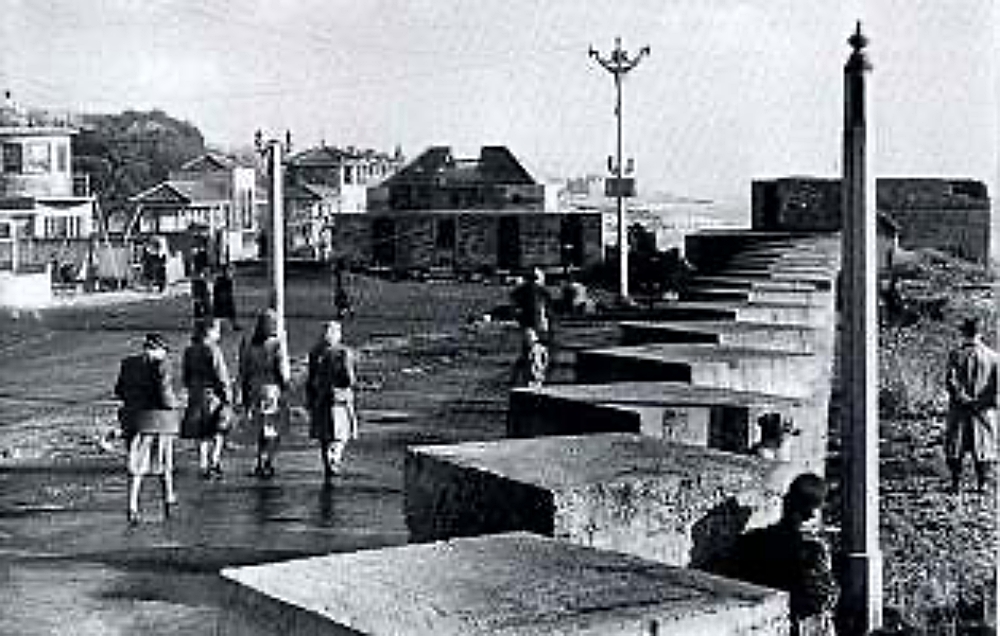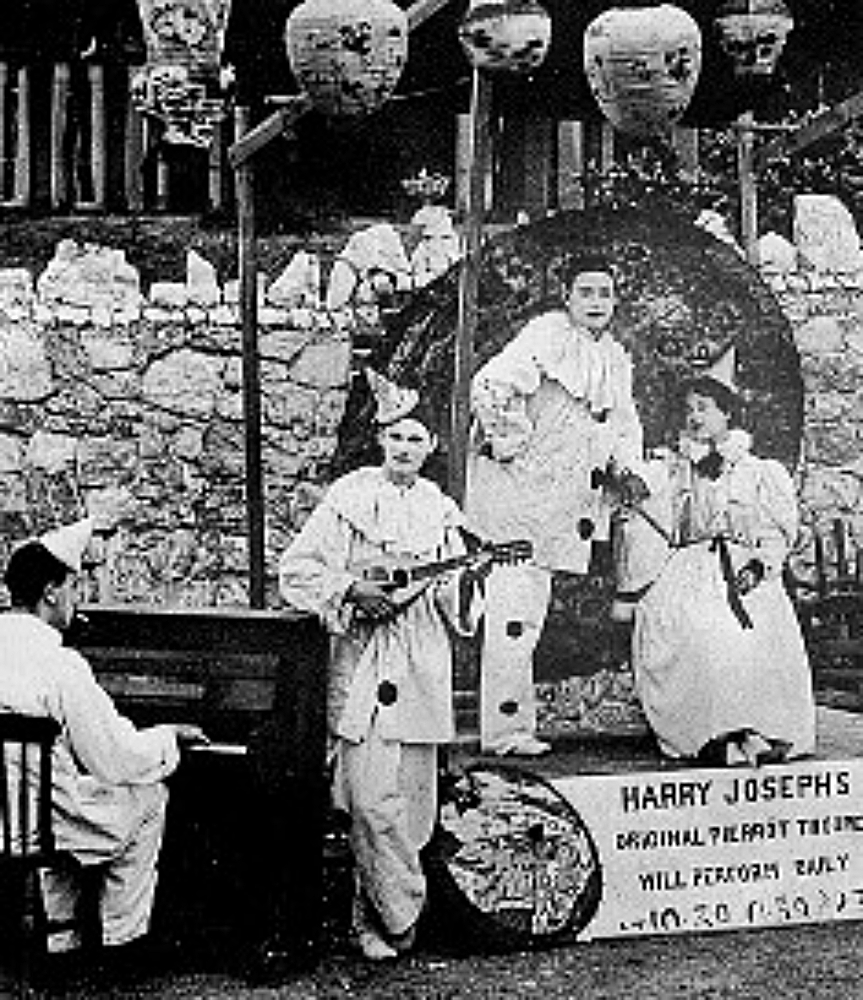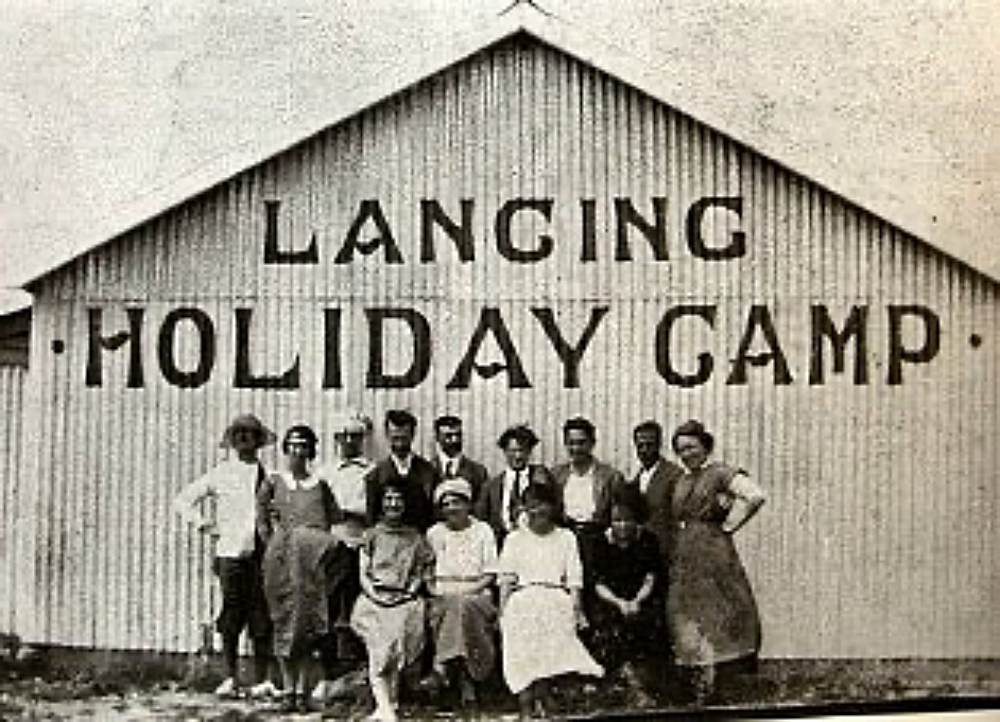Freddie celebrates picture postcards
THE PICTURE postcard has been with us since before the “Penny Post” began in 1840 and throughout its existence has been closely – though far from exclusively – linked with English seaside resorts. Many of the cards have carried humorous, even risqué, drawings, but even more have depicted local scenes and events. Sending one has become a firm holiday tradition, but for how much longer? Freddie Feest felt it was time to celebrate their role in history with photographs that have appeared on local postcards and throw a spotlight on social changes over the decades.

IT is sad that the days when we enjoy receiving picture postcards from the seaside or a pretty country village seem to be numbered.
Instead of receiving a single, carefully chosen six-by-four view of the seaside resort where our relatives or friends are holidaying, so many of us now have to wait until it’s all over before being bored out of our mind by scores of digital snapshots depicting people we’ll never know, doing things we’d never dream of, in a setting that could be almost anywhere on earth.
Holiday postcards were at their peak of popularity in Edwardian times. During summer holidays, at the beginning of the 20th century, millions were posted daily.

Today, they are no longer an essential method of communication, but, instead, are sought by collectors as the least costly and most easily available insight into local history.

Local porcelain expert and author Geoffrey Godden is one who enjoys postcard-collecting as a hobby that relaxes him away from work in the world of antiques. He admits that 25 years of studying such cards has given him a deeper understanding of the history and development of his home town, Worthing, regretting only that he did not start his collection earlier. Not only have old postcards provided him with a collection of photographs from the past 150 years, but many also have brief messages written on the reverse, throwing light on the simple entertainments in fashion many decades ago.

In his book, Collecting Picture Postcards, Geoffrey Godden asks: “Who would write today, as did Hannah in August, 1911, on a picture postcard of Steyne Gardens in Worthing: “We went to these gardens last evening to see the fireworks, which were very good. We had a motor ride this morning, are going to a confetti battle this evening.”